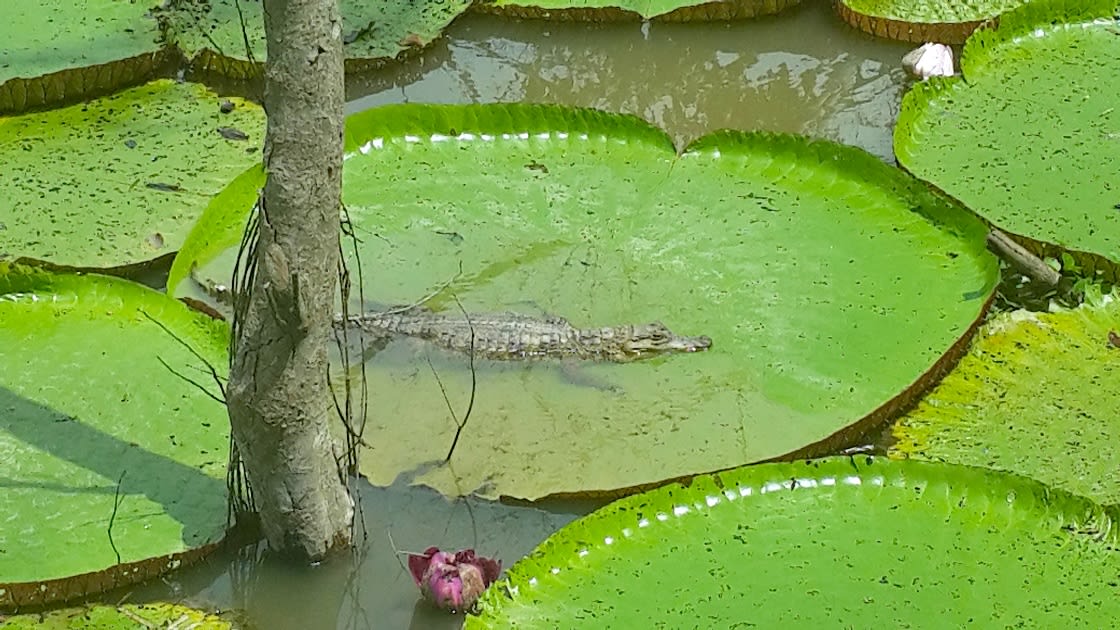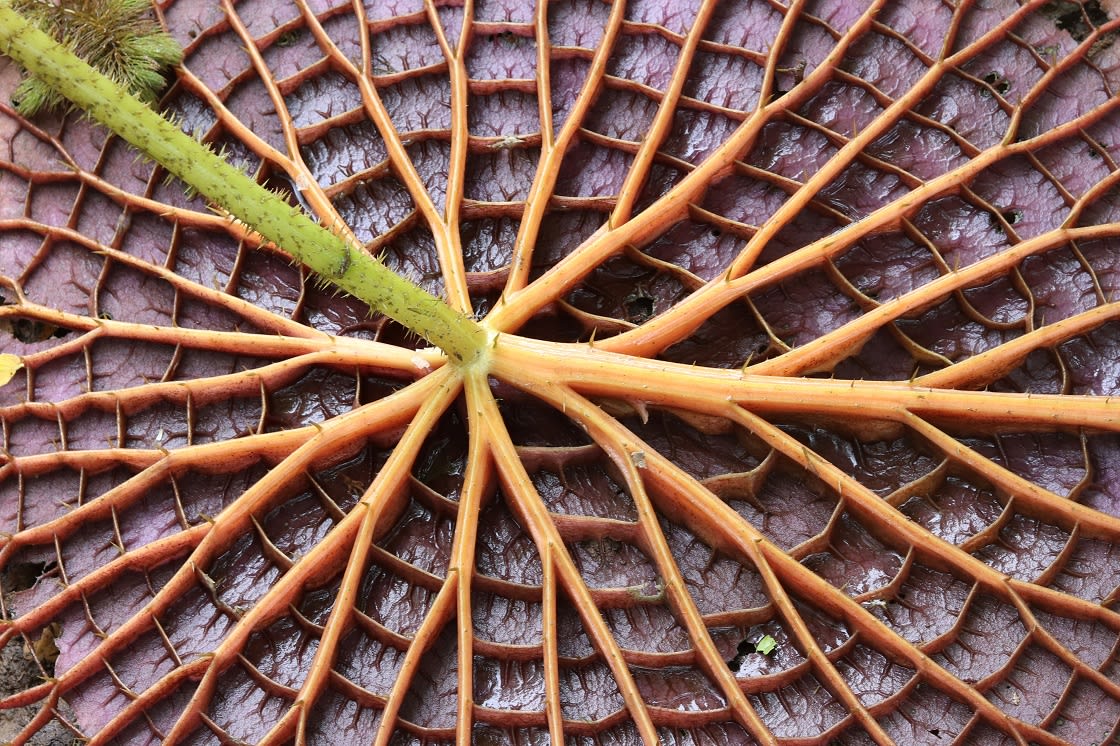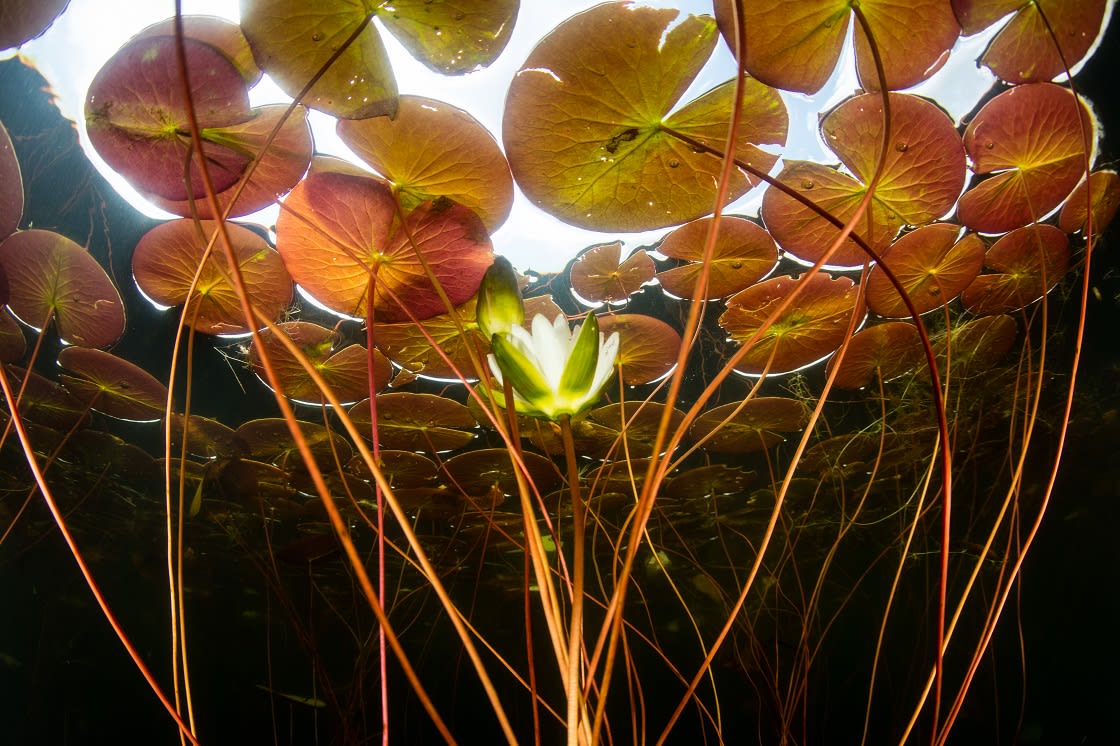
You could travel the entire world for the rest of your life and you are unlikely to find anywhere as fascinating as the Amazon Rainforest, home to the Victoria Water Lily. Shrouded in mystery and steeped in history, the Amazon is a never-ending source of fascination for scientists and adventurers alike. The Amazon Rainforest is most famed for its exceptional biodiversity, with over half of the world’s estimated ten million animal, plant and insect species calling it home. The rainforest is also the largest pair of lungs on the planet and provides approximately 20% of the world’s oxygen.
While there are literally millions of things we could marvel at in the Amazon, today we have decided to focus on just one plant: the Victoria lily, also known as Victoria Amazonica or the giant lily. These gigantic lilies are the real show stoppers when it comes to the Amazon’s flora. If you’re planning a trip to the Amazon anytime soon and want some fun lily trivia to impress your friends with, read on!

Caiman On Giant Water Lily
The first thing you will notice about the Victoria lily is its sheer size. The leaves of the plant can grow up to ten feet in diameter. That’s almost twice the height of your average person! What’s more, these leaves are really strong and can easily hold the weight of a small human (up to about 65 pounds).

Sharp Spikes Under Their Leaves
Lilies might look beautiful and delicate as they sit peacefully on top of the water, but under the surface they are vicious. On the underside of their leaves are sharp spikes that protect them from herbivorous fish that want a portion of Victoria lily for dinner.

Victoria Lily’s White Flower In Bloom
If you want to snap a photo of a Victoria lily with its flower out in bloom you will need to act fast. You’ll also need to stay out after dusk as the flower only blooms in the evening.
The lily’s flowers last a mere 48 hours, which is all the time they need to attract a beetle to carry its pollen to a different flower. Once it has allured the beetle, it snaps shut and stays closed until the following evening. It then releases the beetle it has trapped inside, which will then fly off to a different flower. At that point, the flower closes up and goes back underwater.
When it was first discovered in Bolivia in 1801, the Victoria lily was called Eurgale Amazonica. However, in 1837 John Lindley decided to change the name of the plant to Victoria Amazonica in honor of the British monarch at the time, Queen Victoria.

Lake Full Of Victoria Regias
Victoria lilies don’t like to share their space – they are the angry teenagers of the natural world. Due to the enormous size of their leaves, no sunlight is able to filter through to the water beneath them. This means that algae cannot grow and therefore animals that feed on algae cannot exist in the water. For the animals that can live without algae, living near a giant water lily means a very dark existence.

The Stalk Of The Lily Descends Approximately 26 Feet
The leaves of the Victoria Lily are all that can be seen from the surface, but the plant doesn’t end there. Under the water, the stalk of the lily descends approximately 26 feet, making the plant even taller than it is wide.
Are you ready to cast your eyes on hundreds of giant lilies in their natural habitat?
While Rainforest Cruises aim to provide accurate and up-to-date information, we make no representations as to the accuracy or completeness of any information herein or found by following any link on this site. Rainforest Cruises cannot and will not accept responsibility for any omissions or inaccuracies, or for any consequences arising therefrom, including any losses, injuries, or damages resulting from the display or use of this information.




